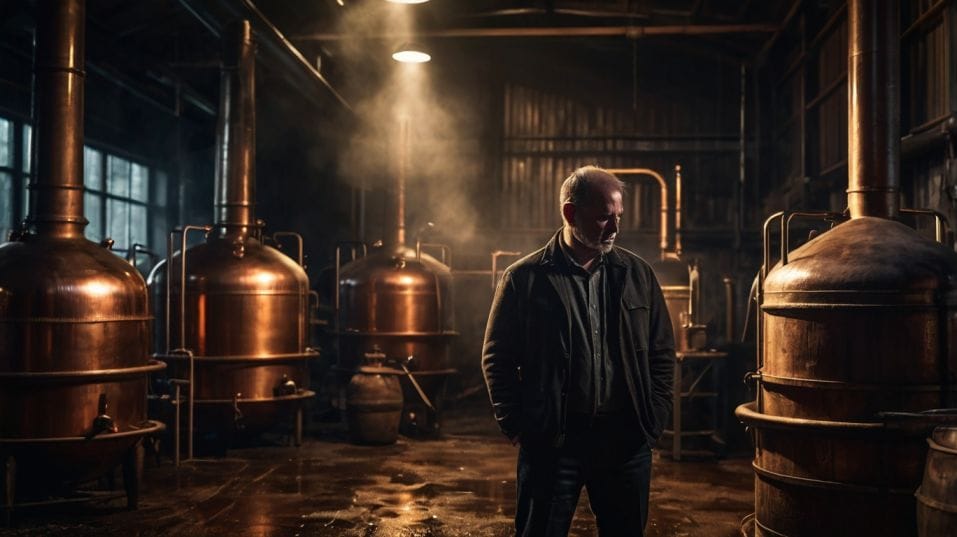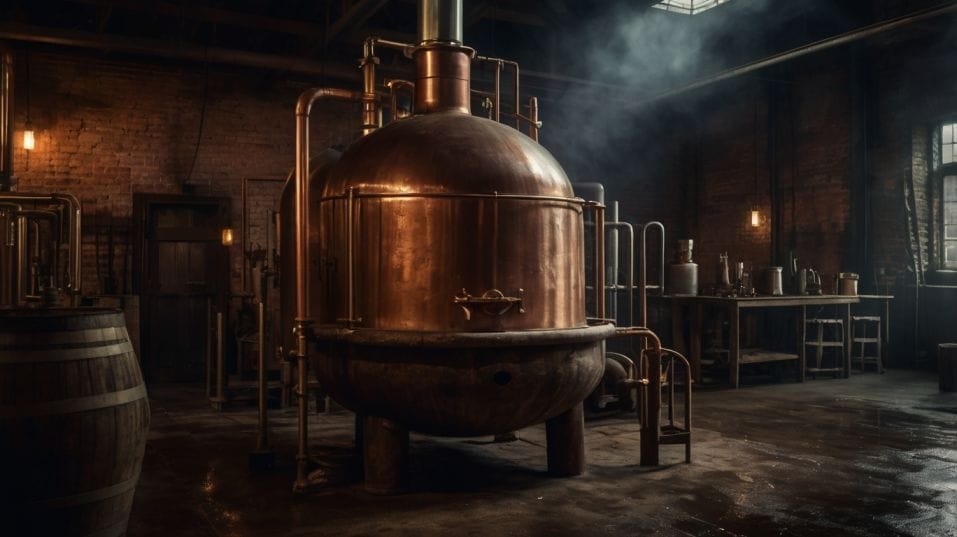Peat vs. Smoke: They’re Not the Same Thing
Think peat equals smoke? Think again. Learn the real difference so you can taste, collect, and talk whiskey with sharper insight and confidence.

Ever wonder why some whiskies taste like a campfire while others punch like a hospital hallway? Here’s what most beginners miss: peat and smoke are not the same thing.
Confusing them leads to buying bottles for the wrong reasons and misreading what’s really in your glass.
If you're diving into whiskey—curious, collecting, or tasting with more intent—this one distinction can sharpen your palate and reshape how you explore the spirit.
What Exactly Is Peat?
Peat is a natural fuel. It’s formed from ancient layers of plant matter—grass, moss, heather—slowly compressed in wet, oxygen-poor environments like bogs.
Over thousands of years, it becomes a dense, carbon-rich substance that burns slowly and produces a thick, aromatic smoke. Scotland, Ireland, parts of Japan, and even parts of the U.S. have plenty of it.
In whiskey-making, peat enters the picture during the malting process. Barley needs to be dried after germination to stop it from sprouting.
Traditionally, distillers would burn peat under the drying floor, and the smoke would rise through the barley, embedding it with phenolic compounds.

These phenols—specifically guaiacol, creosol, and phenol itself—are what give peated whiskey that distinctive character: medicinal, earthy, tarry, sometimes bandage-like.
But those flavors aren’t "smoke" in the way most people imagine. They’re molecular fingerprints from peat combustion. Peat, in this sense, is a chemical seasoning—not a flavor in and of itself.
Smoke Is Something Else Entirely
Smoke, on the other hand, is what you actually sense in the air. It’s volatile, aromatic, and can come from many sources—not just peat.
The charred inside of a barrel? Smoke. A fire-dried grain? Smoke. A warehouse near open flame? Smoke again.
The Texture and Presence of Smoke
What’s tricky is that smoke is fleeting. It's more about the nose than the tongue. It’s that first hit when you raise the glass—the campfire curl, the burnt match, the faint smolder.
Smoke tends to be broader and softer than peat phenols. Where peat can feel sharp, astringent, even chemical, smoke floats. It’s textural. Atmospheric.
So here’s the key move when you’re tasting: separate the punch from the haze. Is what you’re smelling briny and antiseptic (that’s peat)?
Or is it warm and sooty like firewood (that’s smoke)? Once you start making that distinction, the entire category of “smoky whiskey” breaks wide open—and stops being so one-note.
Why the Confusion Happens
Part of the confusion comes from language. Whiskey marketing loves blurred lines. “Heavily peated,” “intensely smoky,” “peat monster”—terms like these sound bold but don’t always mean what you think.
Some brands use heavily peated malt but age the spirit in casks that dull the phenols, leaving you with richness but not much smoke. Others use lightly peated malt but age in ways that amplify smoke aroma.
Misleading Measurements and Cultural Shortcuts
Even PPM (phenol parts per million)—the measure of how much peat character was in the malted barley—doesn’t tell the full story.
It measures what went in, not necessarily what survived fermentation, distillation, and aging.
Two whiskies with the same PPM level can taste wildly different depending on the cut points during distillation, the cask type, and even how long they aged.
Then there’s the cultural shorthand. Islay whiskies are known for peat, but not all Islay drams are peat bombs. Highland or Japanese whiskies can carry smoke without being peated at all.
Once you break out of the regional stereotypes and start tasting with intent, your palate gets more nuanced. You stop asking “Is this peaty?” and start asking how it’s peaty—or if it’s peaty at all.
How to Use This in the Real World
Let’s bring this down to earth. Say you're at a tasting. Someone pours you a dram and says, “You’ll love this—it’s super smoky.” Don’t just nod. Taste it. Smell it.
Ask yourself: is this dry and iodine-heavy (a peat marker)? Or is it sweet and char-like, with that ashy finish that reminds you of grilled meat or burnt toast (smoke)?
That shift in perception changes everything—from your tasting notes to your buying decisions.
Smarter Collecting and Sharper Tasting
If you’re building a collection, this clarity helps you avoid redundancy. You don’t need six bottles that all hit the same medicinal note.
You want range: a bright, citrusy peated Highland; a rich, oily Islay with a soft smoke finish; maybe even an unpeated whiskey aged in smoked oak that brings that BBQ profile without a drop of peat in sight.
Even when tasting blind, calling out peat vs. smoke earns respect. It signals that you understand structure, not just surface.
You're not chasing intensity—you’re chasing complexity. That’s the mark of someone who’s not just drinking whiskey, but learning it.
Final Thoughts
Peat isn’t a flavor—it’s a process. Smoke isn’t a measurement—it’s a sensation. Understanding the difference doesn’t just improve your tasting skills.
It makes you a smarter collector, a sharper taster, and a more confident voice at any whiskey table.
So here’s what you do next: pour two drams. One peated, one smoky. Take your time. Nose them.
Sip them. Figure out what’s giving you earth and medicine—and what’s giving you fire and ash. Train your palate to make the call. That’s how you start tasting like a pro.




